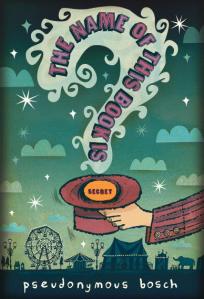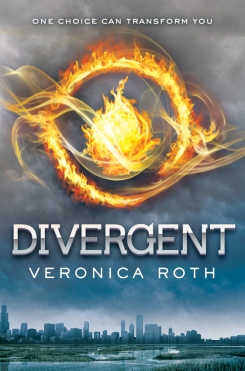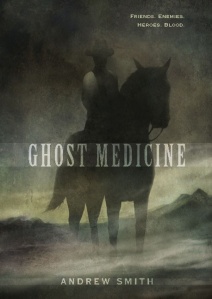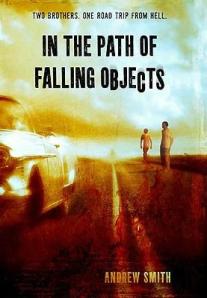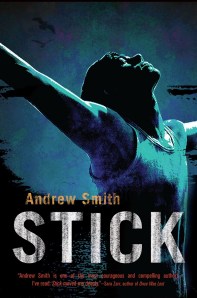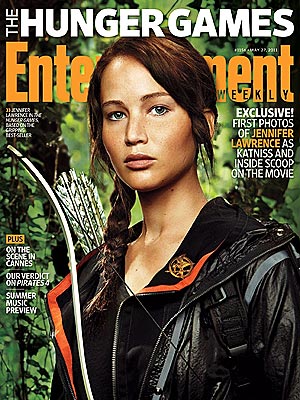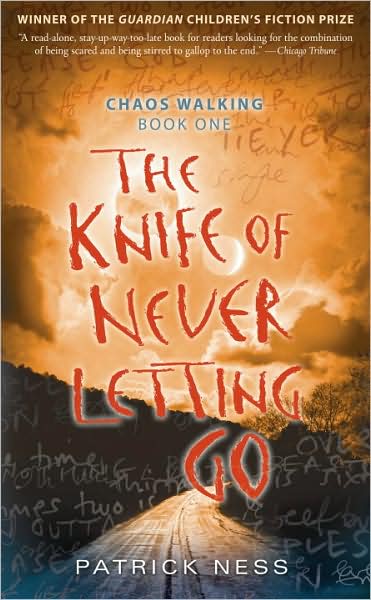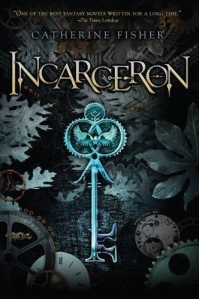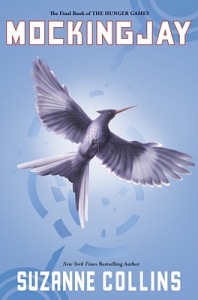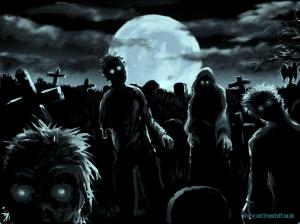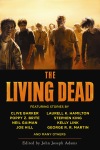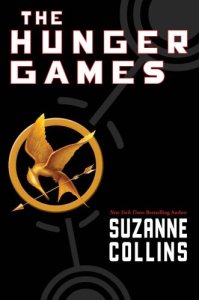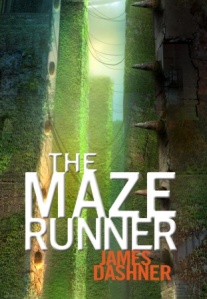I have survived another holiday season. I apologize for my self-imposed blogging silence. I have tons of posts to write and have not settled down to write them. Until now.
I finished a book, way back in December, called, The Name of This Book is Secret by Pseudonymous Bosch (I have to look up how to spell Pseudonymous every single time I write it). The book is quite enjoyable (a great first book to the series). It follows two precocious children, Cass and Max-Ernest. The book (I will refer to it as “the book” because it has a long title) is about kids solving a mystery and saving the day but it is also about the existence and even intrusion of narrative voice.
In general, the narrator in a book can blend so perfectly into the storytelling that you have to remind yourself someone or something is telling the story and it is NOT the author. Sometimes the narrator is a character, well the narrator is always a character, but sometimes it is a character in which the action is happening directly to. And sometimes the narrator is just there, hovering and watching the characters from above. Understanding the importance of the narrator was key in my literature education. The Name of This Books is Secret is a wonderful example of narrative voice and specifically unreliable/ridiculous narration. The narrator is simply hilarious (even when s/he does not mean to be).
Cassandra (also known as Cass), the survivalist enthusiast, and Max-Ernest, the non-stop talker, join forces to discover the secret hidden in a box called The Symphony of Smells, or at least they try to discover the secret. The box leads them to discover the evil workings and diabolical plans of Ms. Mauvais and Dr. L. The book is filled with adventure, intrigue, and a great sense of humor. Read it and be prepared to get hooked.
Age Group: 8/9 and up
Genre: Middle Grade Books / Fantasy / Mystery
Themes: Magic, Friendship, Discovery, Secrets
Publisher: Little, Brown Books for Young Readers, imprint of Hachette Book Group

